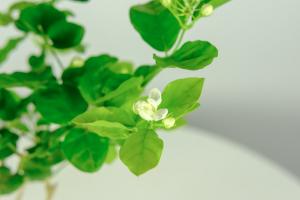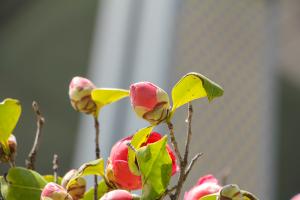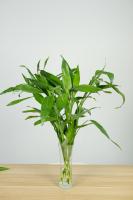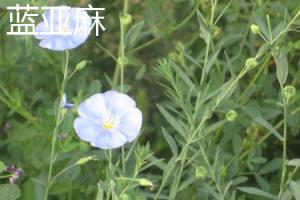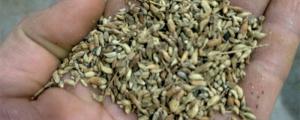How to Water Zamia Plant
Zamia plant, also known as the coontie plant, is a tropical plant native to North and South America. Zamia plants thrive in warm and humid conditions, making them ideal for indoor or outdoor houseplants. Proper watering is crucial for the survival and growth of these plants. Let's take a closer look at how to water Zamia plant.
Determine the Watering Schedule
The frequency of watering depends on several factors, including the size of the pot, the location of the plant, and the season. Generally, Zamia plants require watering once a week during the growing season, and once every two to three weeks during the dormant season.
During the growing season, which is usually from spring to fall, the plant is actively growing and requires more water. The dormant season, which is in winter, is when the plant slows down its growth and conserves water. However, it is essential not to let the plant dry out completely, as this can damage the root system.
Use the Right Watering Technique
When watering Zamia plants, it is essential to use the right technique. Start by checking the top inch of the soil to determine if it is dry. If the soil is dry, it is time to water the plant. To water the plant correctly, pour water into the pot slowly, allowing it to seep into the soil gradually. Keep pouring water until it starts to flow out of the drainage holes at the bottom of the pot.
It is important not to overwater the plant, as this can cause root rot, which can be fatal to the plant. Additionally, avoid splashing water on the leaves or stem, as this can result in fungal infections. If possible, use distilled or rainwater, as tap water can contain minerals that can harm the plant over time.
Adjust Watering to the Environment
The environment plays a significant role in determining how often to water Zamia plants. In areas with high humidity, the plant requires less water than in dry areas. Similarly, during the summer season, when temperatures are higher, the plant may require more water than in winter when temperatures are low.
It is important to monitor the plant for signs of over or underwatering. Signs of overwatering include yellowing leaves, soft and mushy stems, and a foul smell from the soil. Signs of underwatering include dry and wilting leaves, curled edges of the leaves, and soil that is hard and cracked.
Conclusion
Zamia plant is a beautiful and resilient plant that can survive in different environments. Proper watering is critical for the survival and growth of these plants. Remember to determine the watering schedule, use the right watering technique, and adjust watering to the environment. By following these tips, you can help your Zamia plant thrive and add a touch of green to your indoor or outdoor space.

 how many times do yo...
how many times do yo... how many planted tre...
how many planted tre... how many pine trees ...
how many pine trees ... how many pecan trees...
how many pecan trees... how many plants comp...
how many plants comp... how many plants can ...
how many plants can ... how many plants and ...
how many plants and ... how many pepper plan...
how many pepper plan...